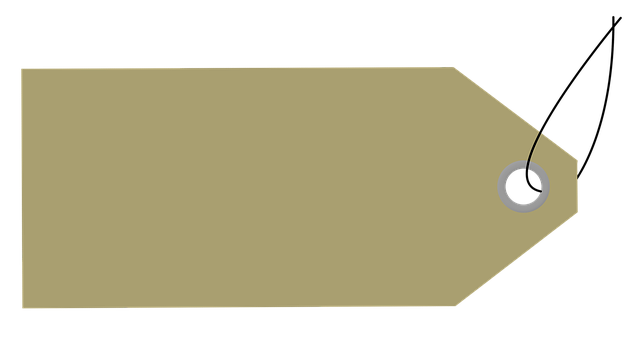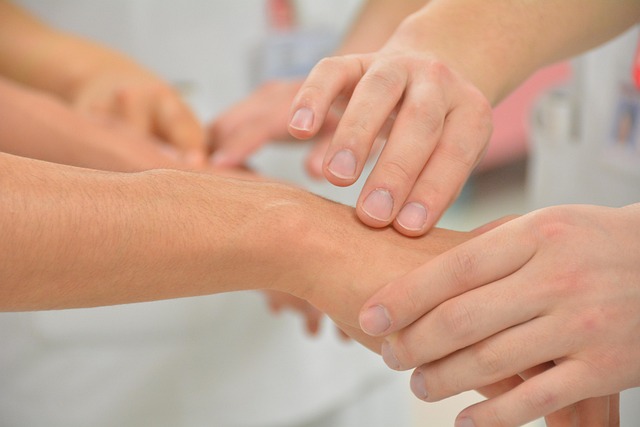After a certified skin tag removal doctor treats the initial growth, proper aftercare and lifestyle changes are crucial to prevent recurrence. This includes regular check-ups, good hygiene, avoiding friction, recognizing early signs of new tags, clean healing, and consulting professionals for recurring or persistent cases. Specialized treatments in Canterbury, Bristol, and Chelmsford offer permanent relief.
Skin tags, those harmless yet often bothersome growths, can return after removal. Understanding recurrence risks and taking proactive steps is crucial. This comprehensive guide, crafted with input from a certified skin tag removal doctor, covers everything from post-removal care to lifestyle changes that can help prevent regrowth. Learn when to seek professional assistance for recurrent tags, ensuring healthy, tag-free skin long-term.
- Understand Skin Tag Recurrence Risks After Removal
- Post-Removal Care Tips from a Certified Doctor
- Lifestyle Changes to Prevent Skin Tag Regrowth
- When to Seek Professional Help for Recurrent Tags
Understand Skin Tag Recurrence Risks After Removal

After a skin tag is removed by a certified skin tag removal doctor, understanding the risks of recurrence can help guide your aftercare routine and prevent future growths. Skin tags are essentially excess skin that can re-form in the same area if left untreated or not properly cared for following removal. Certain factors increase the likelihood of recurrence, such as genetics, hormonal changes, and friction against clothing or jewelry. Knowing these risks is crucial, especially considering that skin tag removal guildford, sheffield, and bristol specialists often recommend specific post-removal care to minimize the chances of future growths.
Regular check-ups with a certified doctor can help catch any returning tags early on, while proper hygiene practices, avoiding irritating fabrics, and maintaining healthy skin overall are key strategies in preventing recurrence. Additionally, recognizing the signs of a new skin tag formation, such as itching or irritation, enables prompt action to stop it from growing larger or becoming more difficult to remove.
Post-Removal Care Tips from a Certified Doctor

After a certified skin tag removal doctor has excised a skin tag, proper post-removal care is essential to prevent recurrence. It’s crucial to keep the treated area clean and dry; gentle washing with mild soap and warm water, followed by patting it dry, can help reduce irritation. Additionally, applying a thin layer of over-the-counter antibiotic ointment or petroleum jelly can provide a protective barrier, aiding in healing and minimizing scar formation.
A certified skin tag removal doctor recommends avoiding scratching or touching the treated area to prevent infection and stimulate excessive scarring. While it’s natural to be curious about how you got rid of your skin tags, resist the urge to pick at the wound. Instead, allow the skin to heal on its own. If itching persists, consult your private skin tag removal Leeds specialist for a suitable calming solution.
Lifestyle Changes to Prevent Skin Tag Regrowth

After getting skin tags removed by a certified skin tag removal doctor, adopting certain lifestyle changes can significantly reduce the chances of them regrowing. Firstly, maintaining good hygiene is essential; keep the area clean and dry to prevent infections that might trigger skin tag formation. Regular exercise and a balanced diet are also crucial; staying active boosts circulation, which helps in the overall health of your skin, while a nutritious diet provides the necessary vitamins and minerals for skin cell regeneration.
Additionally, managing stress levels can work wonders. High-stress conditions have been linked to various skin issues, including skin tag regrowth. Practicing relaxation techniques like meditation or yoga can help mitigate stress. Moreover, staying hydrated by drinking ample water ensures your skin stays moisturized, promoting a healthier and more stable skin surface. Remember that consistent care and attention post-removal are key to preventing recurrence, and consulting with a professional like those at Plymouth or London skin tag clinics can offer tailored advice for your specific needs.
When to Seek Professional Help for Recurrent Tags

If skin tags continue to reappear after initial removal, it may be time to seek professional help from a certified skin tag removal doctor. Recurrent skin tags can be a sign of underlying skin conditions or medical issues that require specialized care. Delving into this problem with an expert is crucial, especially when dealing with persistent or frequent skin tag growths.
For those in areas like Canterbury looking for effective solutions, private skin tag removal centres offer discreet and personalized services. Alternatively, Bristol and Chelmsford skin tag clinics provide advanced treatments to patients seeking permanent relief from recurring skin tags. Remember, prompt action can prevent discomfort and potential health risks associated with untreated skin conditions.
Preventing skin tag recurrence after removal requires a combination of proper post-removal care and lifestyle adjustments. As recommended by certified skin tag removal doctors, consistent cleaning and monitoring of the treated area is crucial. Avoiding irritants, maintaining healthy skin, and adopting a balanced diet can significantly reduce regrowth. If tags persist or increase in number, consulting a certified doctor for advanced treatment options is advisable. By following these steps, you can effectively manage skin tag recurrence and enjoy smoother, healthier skin.
